Ancient sports and games that are still played today
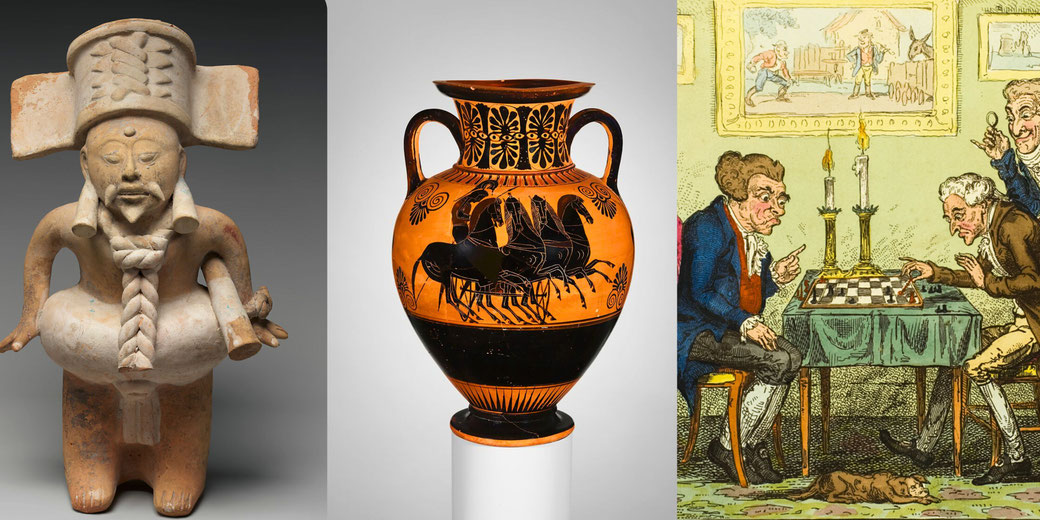
Ancient sports and games occupied an important role in many civilisations, as people created ways to compete, demonstrate skill, and enjoy shared recreation.
Over time, many of these activities developed into sports and games that remain popular today, which shows how competition and having fun have been constant elements of human society.
Wrestling: From ancient arenas to modern mats
Wrestling is one of humanity’s oldest recorded sports, and evidence from Mesopotamian clay tablets dated to around 3000 BCE shows pairs of wrestlers locked in combat in cities such as Ur and Lagash.
Tomb paintings in ancient Egypt confirm that the sport reached other regions, as they depict contests that used recognisable holds and throws.
Greek society transformed wrestling into a formal competition when it became part of the Olympic Games in 708 BCE.
Athletes trained in the palaestra, a dedicated wrestling school in the gymnasium, and fought in sand-filled arenas where the goal was to throw an opponent to the ground using skill and strength.
Famous champions such as Milo of Croton became legendary for their victories.
Roman culture adopted Greek wrestling as both a public event and a way to train soldiers.
The sport survived in European folk traditions during the medieval period, and the setting of rules in later centuries created modern styles such as Greco-Roman and freestyle wrestling.
Marathons: The legacy of ancient Greece
Long-distance running today draws its inspiration from the story of Pheidippides following the famous Battle of Marathon.
Later accounts by Plutarch and Lucian claimed that he ran from Marathon to Athens in 490 BCE to announce victory over Persia, but Herodotus recorded a different tradition in which Pheidippides ran to Sparta to seek help.
The Greeks already valued endurance events, and the dolichos required competitors to complete several laps of the stadium track during major festivals.
The tale of Pheidippides inspired organisers of the first modern Olympic Games in 1896 to introduce the marathon, which Spyridon Louis of Greece famously won.
The event soon became a global event, and modern marathons held across the world test the same determination and stamina that the ancient Greeks admired in their athletes.
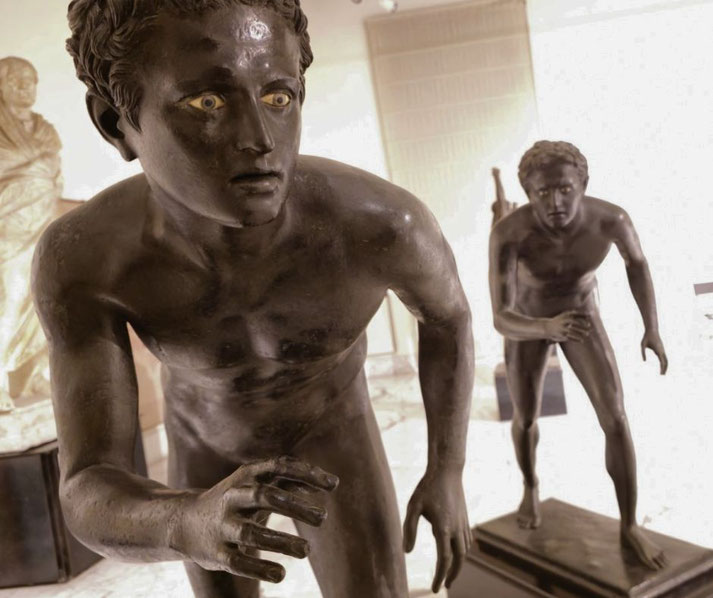
From chariots to the racetrack: How horse racing evolved
Horse racing developed soon after humans domesticated horses and recognised their potential for sport.
Chariot racing became one of the most popular spectacles in both Greece and Rome.
Crowds gathered in arenas such as the Hippodrome of Constantinople and the Circus Maximus in Rome, which ancient sources suggest could hold over 150,000 spectators, to watch teams compete at dangerous speeds.
Successful charioteers gained wealth and fame, which encouraged fierce rivalries between competing factions such as the Blues and Greens in Constantinople.
Over time, mounted horse races replaced chariot events, and medieval tournaments frequently included horse races alongside jousts.
The sport became more structured in early modern England when racetracks such as Newmarket were established and thoroughbred breeding began.
These developments provided the foundation for the form of horse racing known today.
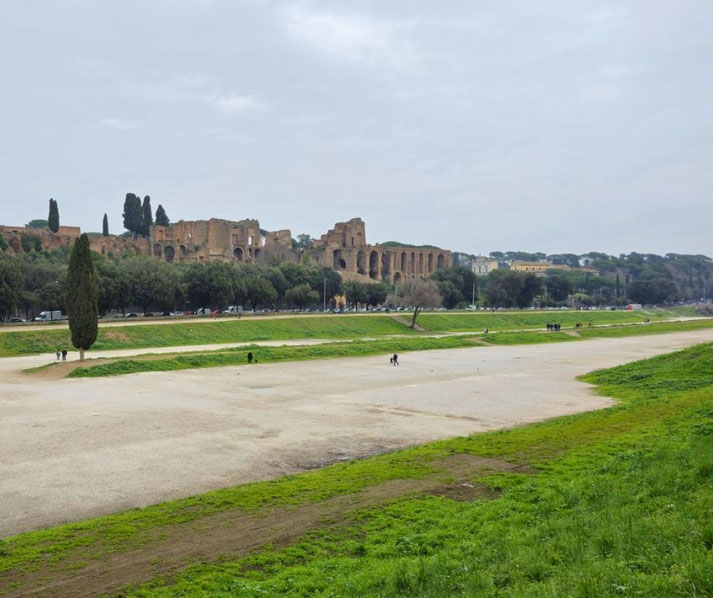
How archery went from ancient battlefields to Olympic glory
Archery began as a hunting method and an essential military skill. Societies such as Egypt, Assyria, and China trained archers for war, and many cultures associated the bow with military power.
Competitive archery contests also appeared in festivals held in places like Persia and Japan, where rituals evolved into modern kyudo.
In England, archery remained a pastime even after the longbow lost its military value, and famous longbowmen won fame at battles such as Agincourt in 1415.
Laws once required regular practice to ensure skill in war. Archery entered the modern Olympic Games in 1900, and the sport today combines modern gear with the same emphasis on accuracy and control that ancient archers valued.
Ball Games: The ancient roots of modern sports
Ball games provided entertainment and competition in many early cultures. The Mesoamerican ballgame, which the Maya and Aztec played, required teams to strike a rubber ball made from the Castilla elastica tree through a stone hoop, which required the use of hips and forearms.
The game carried religious importance, and some matches reportedly ended with ritual sacrifice.
Ancient Greece had games such as episkyros, which involved teams that passed and kicked a ball across a field, and the Romans played harpastum on rectangular fields with a small hard ball, which may have influenced later European ball sports.
Over centuries, these early games evolved into modern activities such as football, rugby, and basketball.
The appeal of teamwork and skill combined with the challenge of moving a ball is as strong today as it was in ancient times.
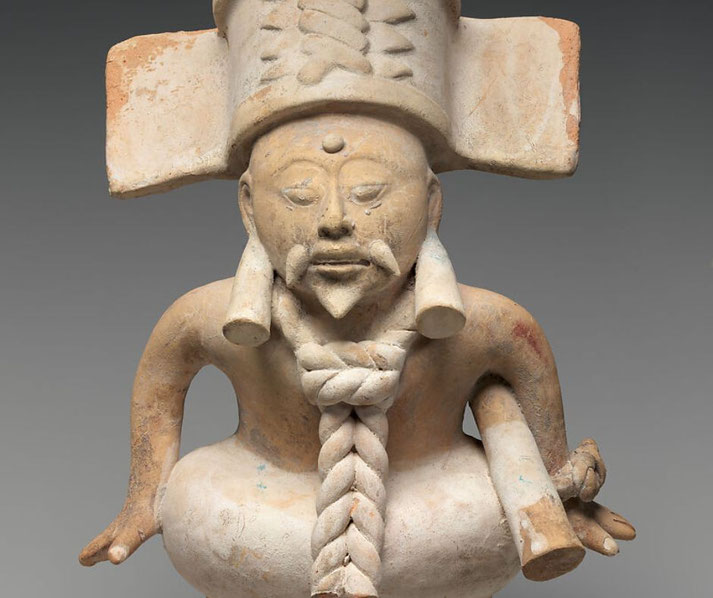
Field and track events: Echoes of the ancient Olympics
Running, jumping, and throwing contests formed the base of the ancient Olympic Games.
The first recorded festival traditionally dated to 776 BCE included the stadion, a sprint over a distance of about 192 metres.
Later competitions featured the javelin, discus, and long jump. The pentathlon combined running, long jump, discus, javelin, and wrestling, which demonstrated all-round athletic excellence.
These events celebrated physical ability and demanded intense training, which gave athletes opportunities to demonstrate strength and speed coupled with coordination.
Modern track and field competitions still feature these same disciplines, and their ongoing inclusion in the Olympic Games highlights a direct connection between ancient and modern sport.
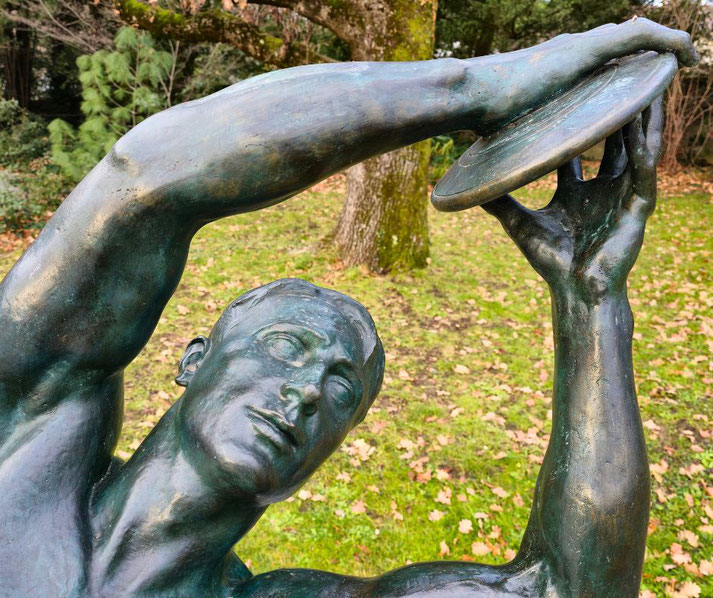
Timeless board games: From ancient Egypt to your living room
Board games entertained people for thousands of years, and archaeological finds provide clear proof of their age.
Excavations in Egyptian tombs uncovered senet boards that dated back more than 5,000 years, including examples from the tomb of Tutankhamun.
The Royal Game of Ur, discovered in Mesopotamia and dating back to around 2600 BCE, became popular throughout the ancient Near East.
In India, early versions of chess known as chaturanga and pachisi developed and later spread to other parts of Asia and Europe.
Many modern board games go back to their roots in these ancient pastimes, and the enjoyment of strategy and the mix of luck and competition continues to bring people together in the same way it did for families in ancient times.
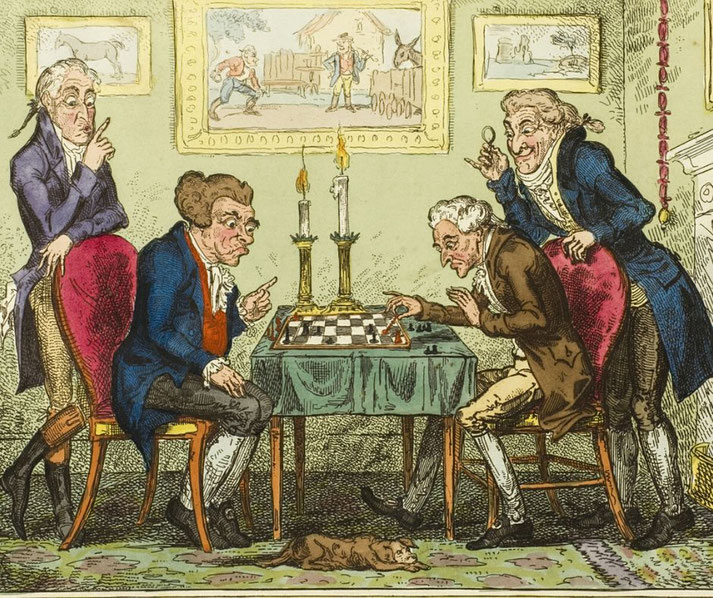
Combat Sports: Gladiators and martial arts
Combat sports interested ancient audiences, and Roman gladiators fought in amphitheatres, where their contests offered both entertainment and political drama.
Gladiators trained intensively in specialised schools and showed skill with weapons and unarmed combat, which helped the games stay popular for centuries.
Different types of gladiators, such as the murmillo and the retiarius, fought with specific weapons and tactics, and figures like Spartacus became famous for their exploits.
In East Asia, martial arts traditions such as jujutsu and early forms of kung fu developed as systems of self-defence and physical discipline.
Over many centuries, some of these practices evolved into competitive sports with formal rules.
Judo became an Olympic sport in Tokyo in 1964, which showed how martial arts continued in international competition.
Modern boxing, fencing, and judo all keep elements that can be traced to these early traditions.
People continue to admire the courage and skill required to face an opponent in combat, just as spectators did in the ancient world.
What do you need help with?
Download ready-to-use digital learning resources
Copyright © History Skills 2014-2025.
Contact via email
With the exception of links to external sites, some historical sources and extracts from specific publications, all content on this website is copyrighted by History Skills. This content may not be copied, republished or redistributed without written permission from the website creator. Please use the Contact page to obtain relevant permission.





